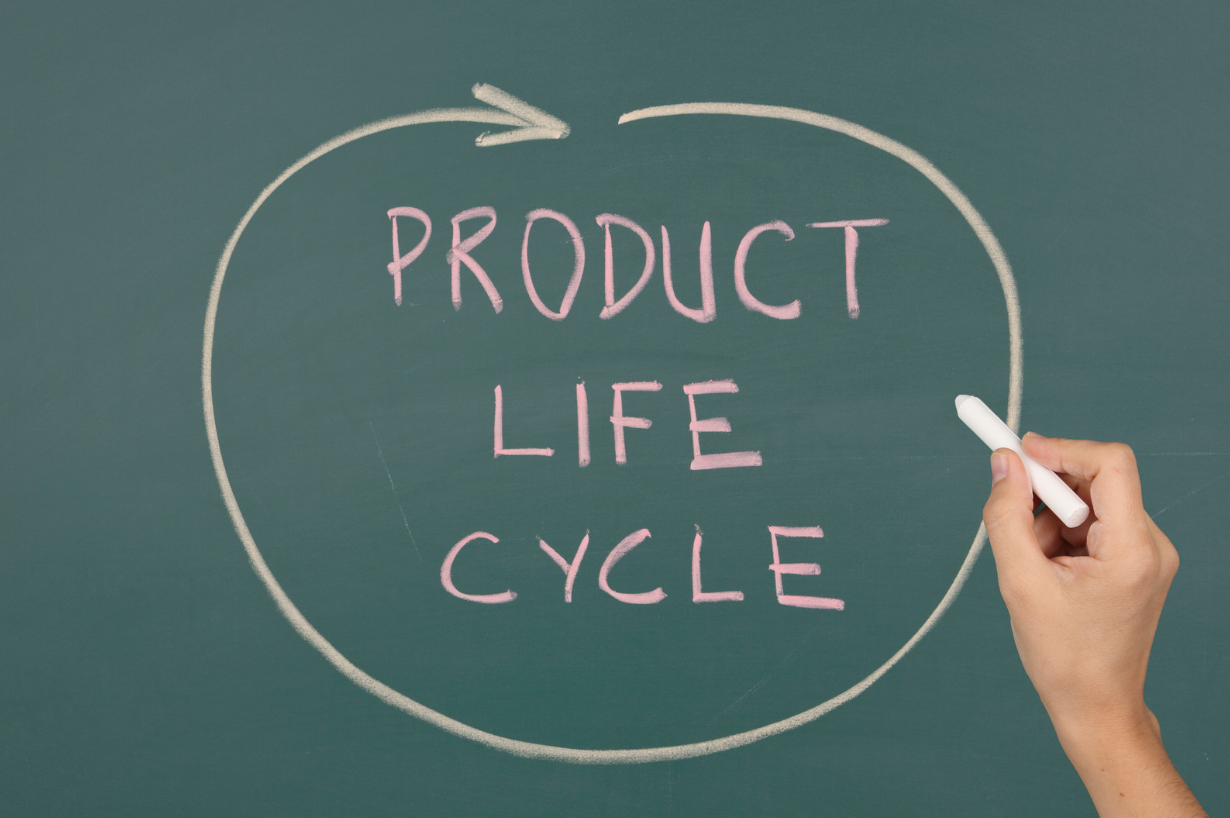Scope 3 – Product life extension and changing business models
A key principle of the Circular Economy is to keep materials in use as long as possible. The most effective strategy to do this is increasing a product’s life. This is a robust strategy to reduce your long-term Scope 3 emissions significantly.
Our rate of consumption is not sustainable
As explored in our previous video, the design phase is where a product’s or project’s lifecycle emissions are decided. One easy strategy to reduce lifecycle emissions is to increase the life of your product.
The ongoing consumption rate is not sustainable, we need to use materials efficiently and keep them in use as long as possible to decrease material demand.
Currently, the world’s material flow is less than 9% circular. Increasing a product’s life eliminates the need to create new products, reducing emissions and environmental impacts associated with developing new products.
Pretty simple, so why aren’t we doing it?
Circular Business Strategy – Product as a Service
There are several different business models that you can utilise to increase your circularity and reduce your emissions.
Today we’ll explore Product as a service.
In the EU, Extended Producer Responsibility (EPR) regulations are driving this change in business models from a regulatory perspective.
EPR is simple – Product owners will become responsible for end-of-life treatment of their products.
We are seeing a significant change in major companies in this space where they offer products on a subscription or rental basis.
The Product Stewardship Centre of Excellence provides some great examples of Australian Businesses and how they have changed to a Product as a Service business model.
Two reasons why this future-proof’s your business
1. it allows the companies to have control over more of their value chain,
2. the company holds on to the commodity, which builds business resilience as they no longer depend on continually sourcing new materials.
If it’s simple, who’s doing this?
Recently Apple announced this as a business strategy going forward.
At an industrial level, renewable energy manufacturers (solar, electrolysers, wind turbines) are all beginning to adopt this approach and, as a result, are changing their designs to suit.
Assets are becoming more modular to enable that easy disassembly or component swap out at little cost, instead of decommissioning an entire asset.
Where do you start?
Think about how you could change your current business model, could you extend the life of your products or projects? How will you recover the key commodities at end of life?
We have a systematic process in which we can assess your value chain and develop a strategy to future proof your business.
If you would like to know more
Contact us at Evolveable Consulting, and we assist businesses in identifying decarbonisation solutions and strategies to reshape their business. You can learn more about our services or book a consultation directly with us.
